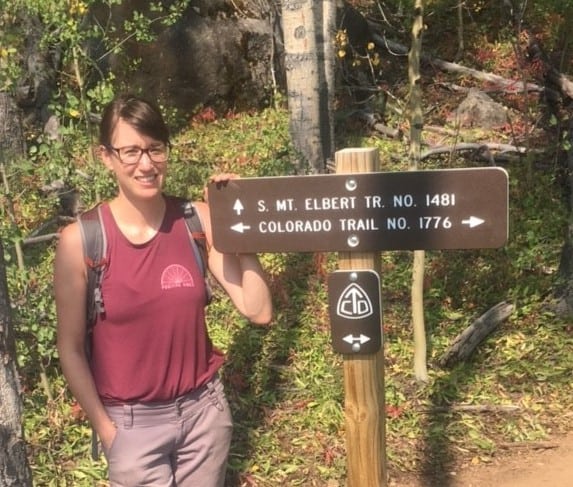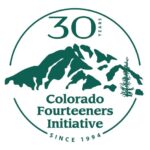That which we call a 14er, by any other name would still be as difficult to climb. But, curiosity got the best of me so, I present the naming history of a handful of Colorado’s Fourteeners.
Mt. Elbert
Samuel Hitt Elbert, appointed by Abraham Lincoln, served as Governor of the Territory of Colorado from 1873-1874 and as the Chief Justice of the Supreme Court of Colorado from 1879-1883. Mount Elbert was named by miners, to honor the governor for brokering a treaty with the Ute tribe that opened more than 3,000 acres of reservation land to mining and railroad activity.
Fun Fact: Samuel Elbert married Josephine Evans whose father, John Evans, has a 14er (and 13er) named after him.
Alternative name: Gentle Giant, nickname
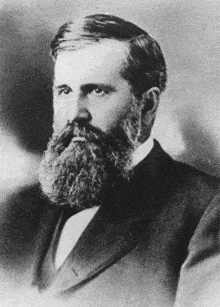
Samuel Hitt Elbert
Mount Massive
If you’ve seen it, you’d know, this mountain was named for its size. Part of the Hayden exploration, it was named in 1873 by Henry Gannett. Around 1965, there was an unsuccessful attempt to rename the peak to Mount Churchill, after the British Prime minister.
Fun Facts: Neighboring Mount Elbert, has a height difference of only 12 feet. This led to an ongoing dispute which came to a head with the Mount Massive supporters taking it upon themselves to build large piles of stones on the summit to boost its height, only to have the Mount Elbert proponents demolish them.
Massive has five summits, all over 14,000 ft. and a summit ridge over 3 miles long, resulting in more area above 14,000 ft. than any other mountain in the 48 contiguous states, narrowly edging Mount Rainier in that category.
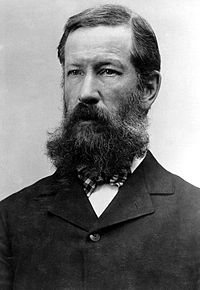
Henry Gannett
Bierstadt
Named for Albert Bierstadt, as artist whose paintings of the Rockies became world famous. Additionally, Albert made the first recorded summit of this peak in 1863.
Fun Fact: A Storm in the Rocky Mountains, Mt. Rosalie was Albert’s most well-known work and it named after his Mistress (and friend’s wife), Rosalie Osborne Ludlow.
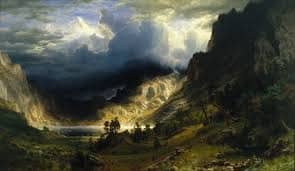
A Storm in the Rocky Mountains, Mount Rosalie, By Albert Bierstadt
Quandary Peak
Prospectors in the early 1860s were puzzled by strange mineral outcroppings in the area. After being unable to identify the silver ore despite much debate, they found themselves in a “quandary”. Thus, Quandary Peak was born.
Fun Fact: Quandary Peak is popular with backcountry skiers and snowboarders.
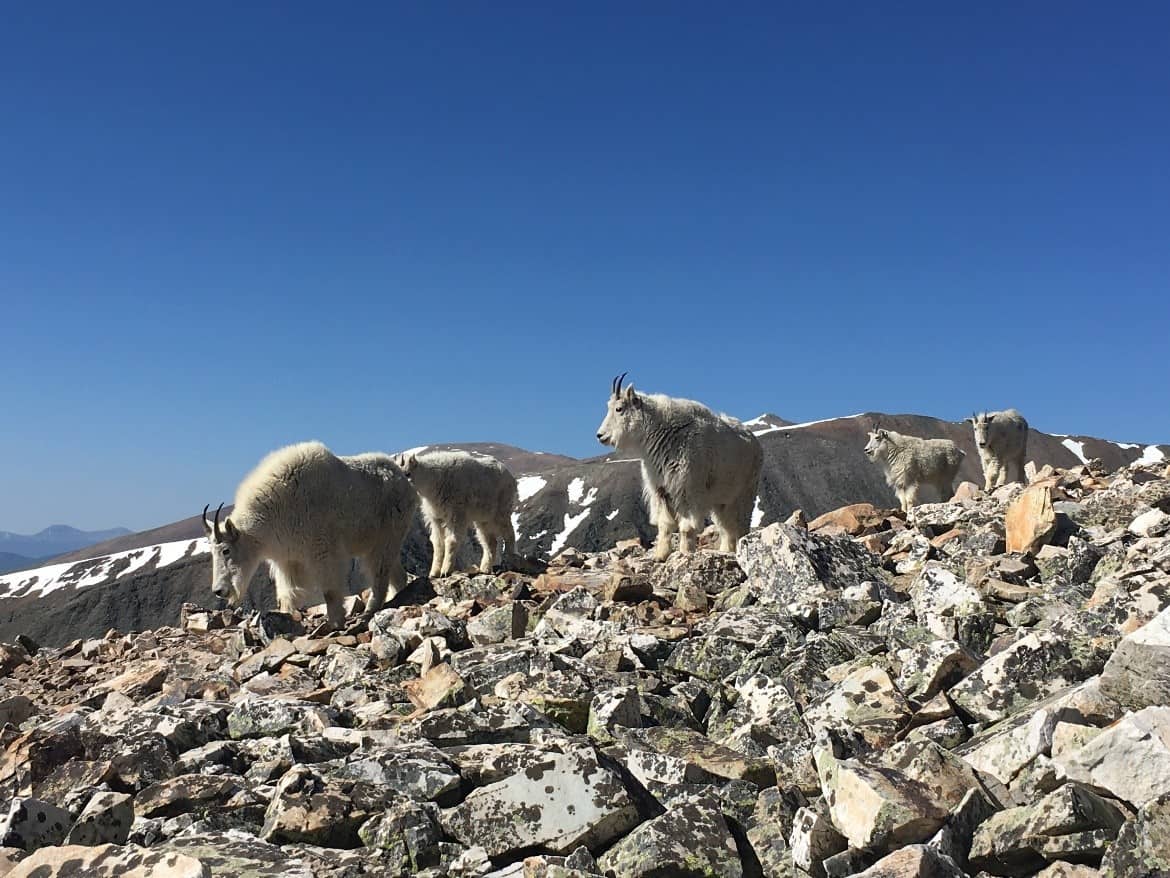
Mountain goats are commonly found along the East Slopes of Quandary Peak
Mount Sneffels
Mount Sneffels was named after the volcano Snæfel, which is in Iceland. This is because the western side of Mount Sneffels looks like a volcanic crater
Fun Fact: Mount Sneffels is one of the most photographed mountains in Colorado and is the background image of Colorado’s new driver’s license.
Alternative name: Mount Blaine, Sneffels Peak- historical names
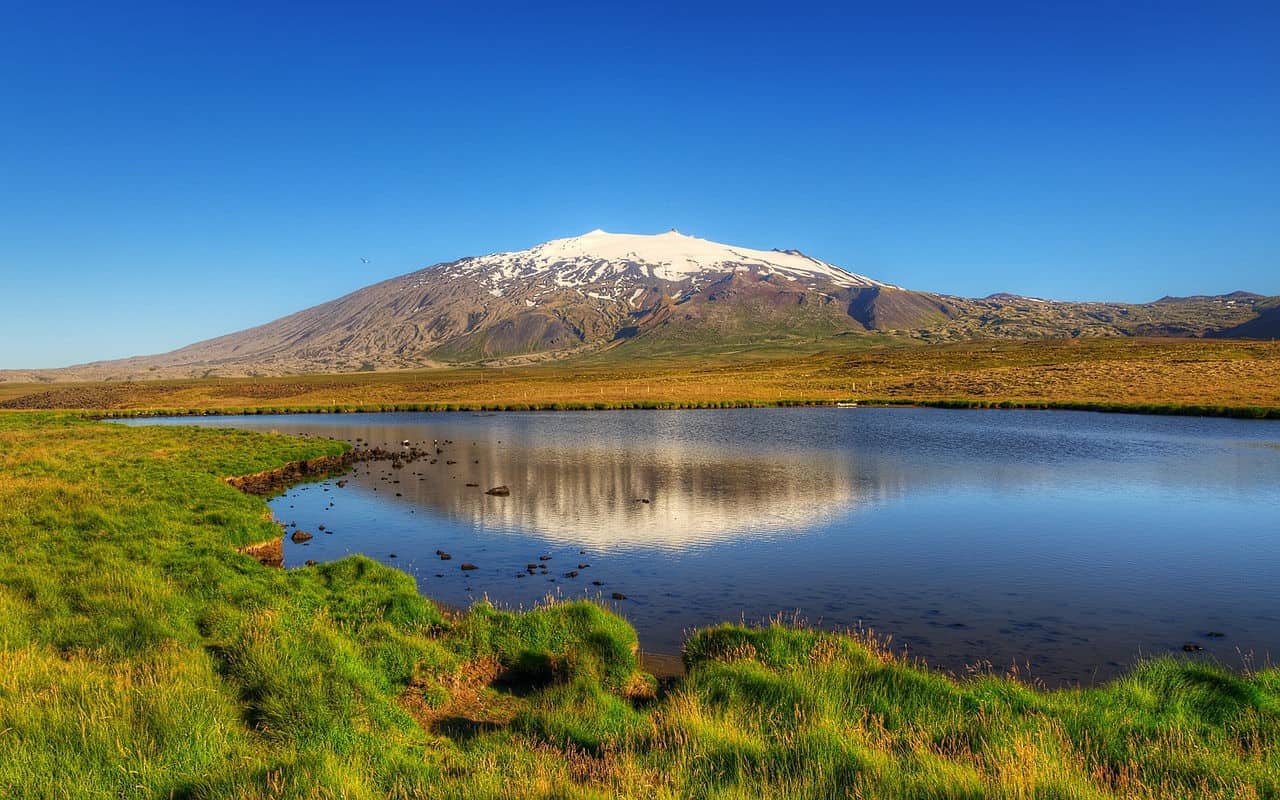
volcano Snæfel, Iceland
Photo cred: Axel Kristinsson
Mount Shavano
This Mountain was named in honor of the Ute Chief Shavano. He was noted for his loyal friendship toward white settlers. He even assisted in recovering white captives following the Meeker Massacre of 1879. Despite his displays of friendship, he was ultimately deported to Utah.
Fun Fact: Mount Shavano is famous for the Angel of Shavano, a snow formation in the image of an angel that emerges on the east face of the mountain during snow melt each spring
Alternative Names: Mount Chavanaux, Mount Usher- historical names
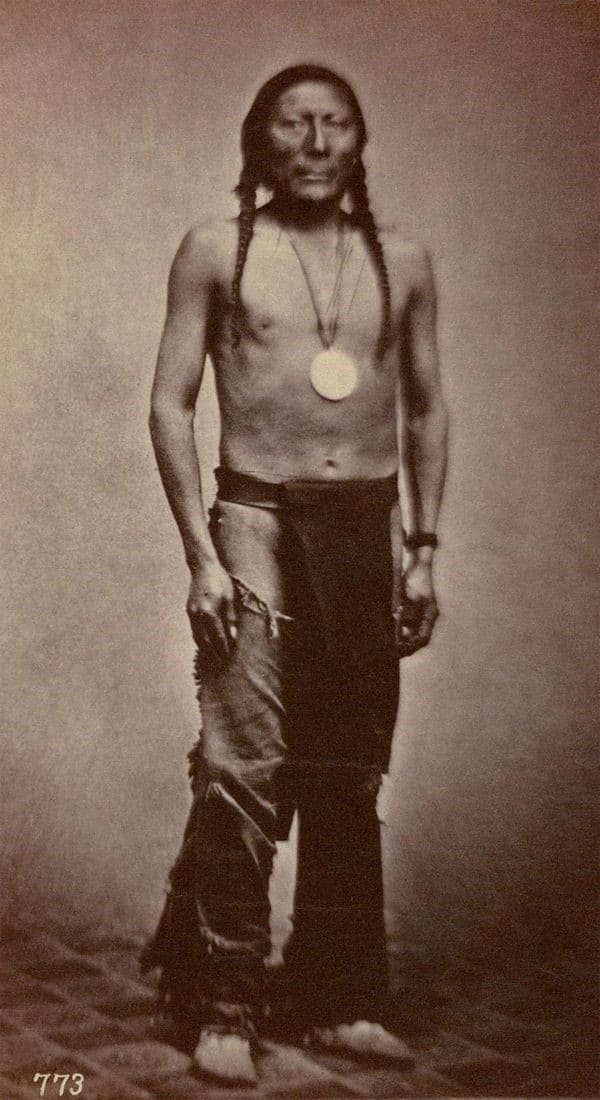
Chief Shavano
Mount Eolus
This peak was named after the Greek God of Wind.
Fun Fact: Eolus is actually a misspelling. The proper spelling is Aeolus but was changed by the Wheeler Survey of 1878.
Alternative Name: Mount Aeolus, historical spelling
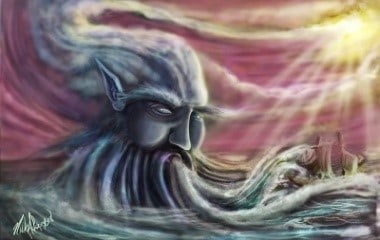
Aeolus Greek God of Wind
Challenger Point
Once simply a subpeak of Kit Carson, this peak was renamed to commemorate the seven astronauts that died during the Space Shuttle Challenger explosion of 1986. Colorado Springs resident, Dennis Williams, proposed the name change and the USGS Board of Geographic Names approved the application in 1987. A climber named Alan Silverman led a expedition to place a plaque on the summit. The plaque reads:
CHALLENGER POINT, 14080+’
In Memory of the Crew of Shuttle Challenger
Seven who died accepting the risk,
expanding Mankind’s horizons
January 28, 1986 Ad Astra Per Aspera
Fun Fact: “Ad Astra Per Aspera” translates to “To the stars through adversity”
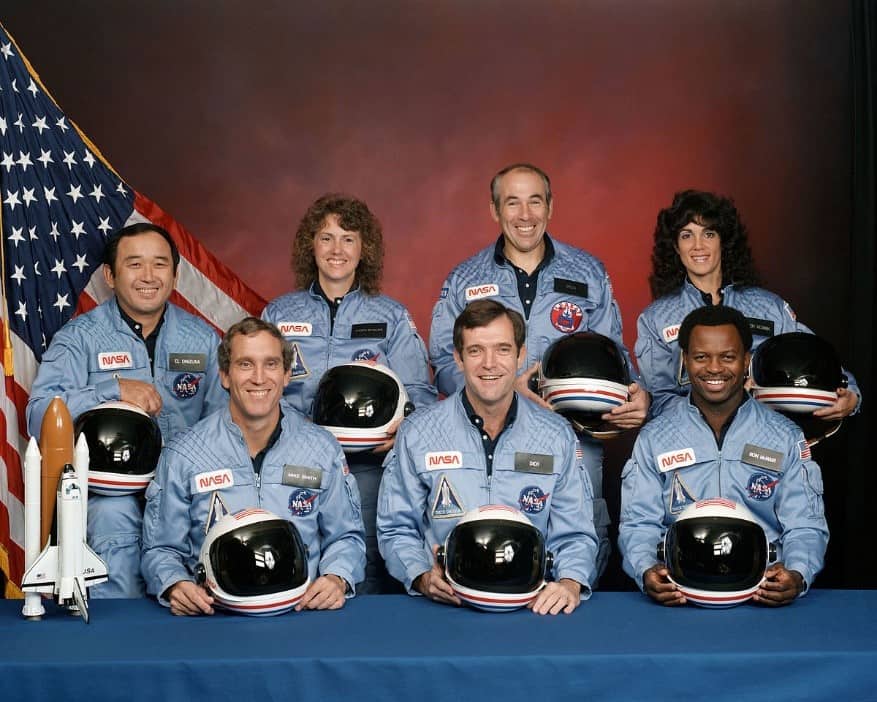
Astronauts in Challenger Explosion
Mount Sherman
This mountain was named after General William Tecumseh Sherman, an American author, businessman, educator, and soldier. He served as General in the Union Army during the Civil War.
Fun Fact: The Sherman mine, located above 12,200 ft., produced over 10 million ounces of silver, between 1968 and 1962, valued at over $300 million, in 2010 prices.
There is also a giant sequoia named after General Sherman. Located in California, it is the largest know living single-stem tree on Earth.
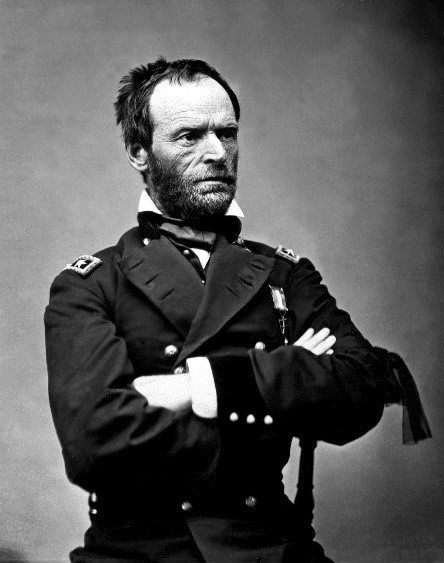
General Sherman
Mount Antero
Named in honor of Chief Antero of the Uintah band of the Ute people. In 1873 Chief Antero signed a treaty ceding rich mineral lands in the San Juan district to the United States. John Wesley Powell used Antero as a source of ethnological studies in Utah.
Fun Fact: The word Sawatch, is derived from a Ute work saguguachipa, meaning “blue earth”.
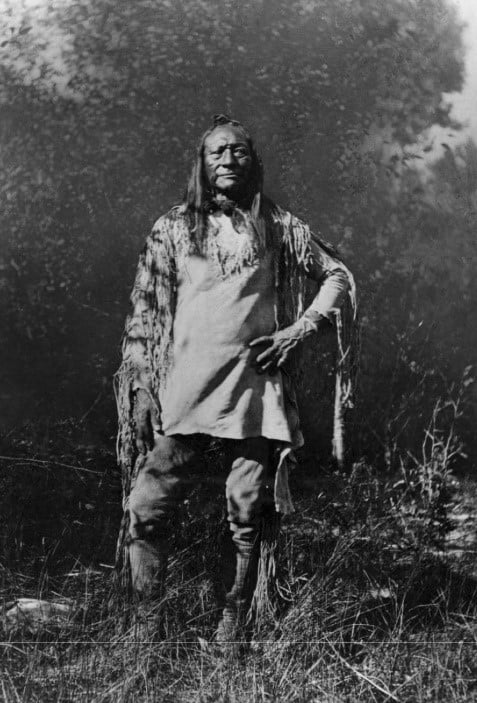
Chief Antero
While on 14ers, I like to remember the people who hiked them before me. Not necessarily yesterday, but many years ago. While many of them were named by white settlers, who were in the position to record or survey the land, these peaks most likely held different titles by the Natives that climbed them long before settlers came. While there is little information about theses names, at least a few peaks are named after Native Americans, that handed over their land or were forced out.
Perhaps the name is not so important, but rather knowing that it is difficult to say who was the first climber. It is also quite difficult to say who will be the last climber. So tread lightly, take care of your 14ers, no matter its name.
Sources:
McKee, Spencer. “How All of Colorado’s Fourteeners Were Named.” https://www.outtherecolorado.com/gallery/colorados-fourteeners-named/
Bright, William. Colorado Place and Names. Boulder, Bright. 1993.

